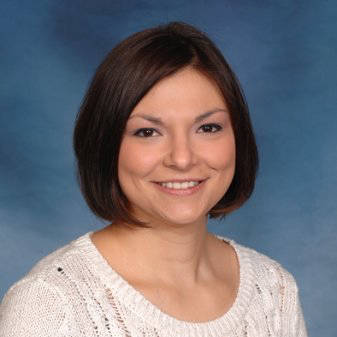Last week, many of us faced the scare of a lifetime: a midnight wake-up call from a powerful earthquake that triggered a tsunami warning and evacuation for many coastal communities. Homer rallied together in the middle of the night to ensure that all residents looking to evacuate and seek shelter were safe. Emergency responders, volunteers and many others worked to assist those that needed emergency evacuation. Many people tuned into KBBI for hours anxiously waiting for news of an “all clear” and that everyone could safely return to their homes.
Thankfully, the 7.9 magnitude earthquake that Alaskans experienced last week did not generate a tsunami. But we can’t be sure when or what kind of disaster will strike next, so it is important for all of us to be prepared.
As soon as the earth began to shake, emergency responders were prepared to act. Emergency response personnel understand the importance of being prepared for any possible disaster. Much like we hear on airline flights, “in the event of an emergency please put on your oxygen mask before helping others,”this concept carries into disaster preparedness. Emergency responders know that to help others they and their families must be prepared.
Preparing yourself and your family is the most important step to take. Besides creating a sense of well-being and control during a disaster, ensuring that you and your family are prepared has a huge impact on the community. Being prepared during emergency situations allows emergency responders to focus their efforts on evacuation, sheltering, damage assessments and major rescue operations. It is important to be prepared during large scale events, as help may be days away.
Understanding the risks and specific hazards in your community is important. The Kenai Peninsula Borough as well as the city of Homer have created “All Hazard Plans” and “Emergency Operations Plans” that are available to view online. These plans outline all potential risks for our community and plans for emergency response.
The past two major earthquakes that the Homer area has experienced have been late at night, but what would have happened if they occurred during the day? Your family may not be together when a disaster strikes, so having a family communication plan that includes knowing how to communicate and reconnect after disaster is important. Understanding that cellular lines may be overwhelmed, utilizing short text messages and social media may be most effective for checking in with loved ones. Parents that are away from their children during the day should be aware of the school’s emergency action plans, and discuss disaster plans and evacuation routes with daycare providers.
It is also important to have the adequate supplies for your family. A survival kit should have enough food and water for each person in your family for a minimum of seven days. It is also important to have supplies available in different locations that might be outside of the home, including vehicles and at work. Also consider any functional access and special needs that your family may require; medications, medical equipment, infant formula, and diapers.
Tips for building survival kits and family communications plans can be found on the Federal Emergency Management Agency (FEMA) website at www.ready.gov. Local preparedness information can be found at www.ready.alaska.gov , www.kpb.us/emergency-mgmt/, and www.cityofhomer-ak.gov/fire/emergency-preparedness.
Immediately following last week’s earthquake, many people received text message notification of the tsunami warning, while others did not. One way to be sure to receive all important warnings is to sign up for Rapid Notify, a program available to all residents of the Kenai Peninsula Borough. In the event of an emergency, Rapid Notify will send out recorded messages to all landlines and registered cell phones within minutes. Rapid Notify’s self-registration can be found online at www.kpb.us/emergency-mgmt/oem/oem-home/rapidnotify-self-registration and additional information regarding disaster preparedness is available at the Homer Public Health office, 907-235-8857, and the Homer Volunteer Fire Department, 907-235-3155.
Fortunately, last week’s event did not result in any loss or damage, but it was an example of how quickly things can change. It was a good reminder that we all have a responsibility to be prepared, have a plan, and act accordingly in the wake of a natural disaster.
MAPP, Mobilizing for Action through Planning & Partnerships, is a local coalition that aims to use and build upon our strengths to improve our individual, family and community health. Health is defined broadly to include cultural, economic, educational, emotional, environmental, mental, physical and spiritual health.
Stephanie Stillwell, BSN, RN, has worked as a Public Health Nurse for the State of Alaska, is currently working for Ninilchik Traditional Council Community Clinic, and is highly active in Southern Kenai Peninsula community health and wellness coalitions.



